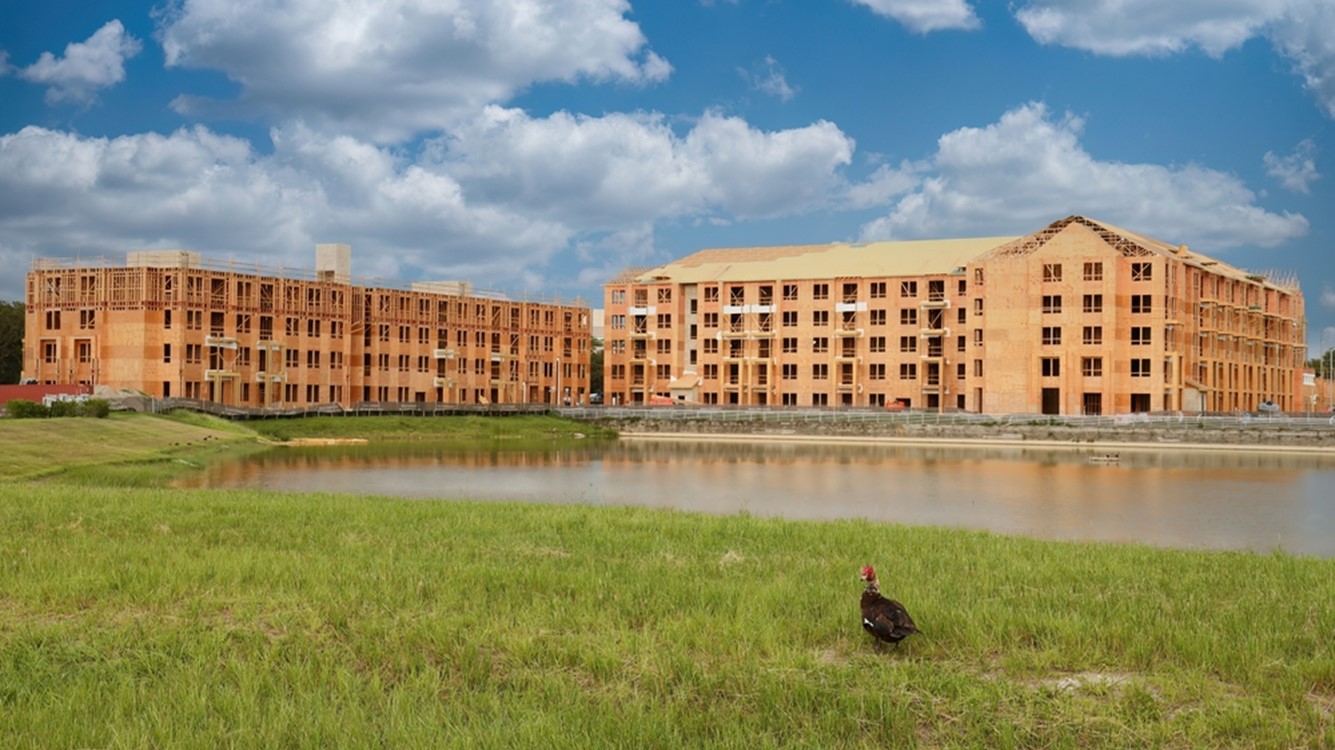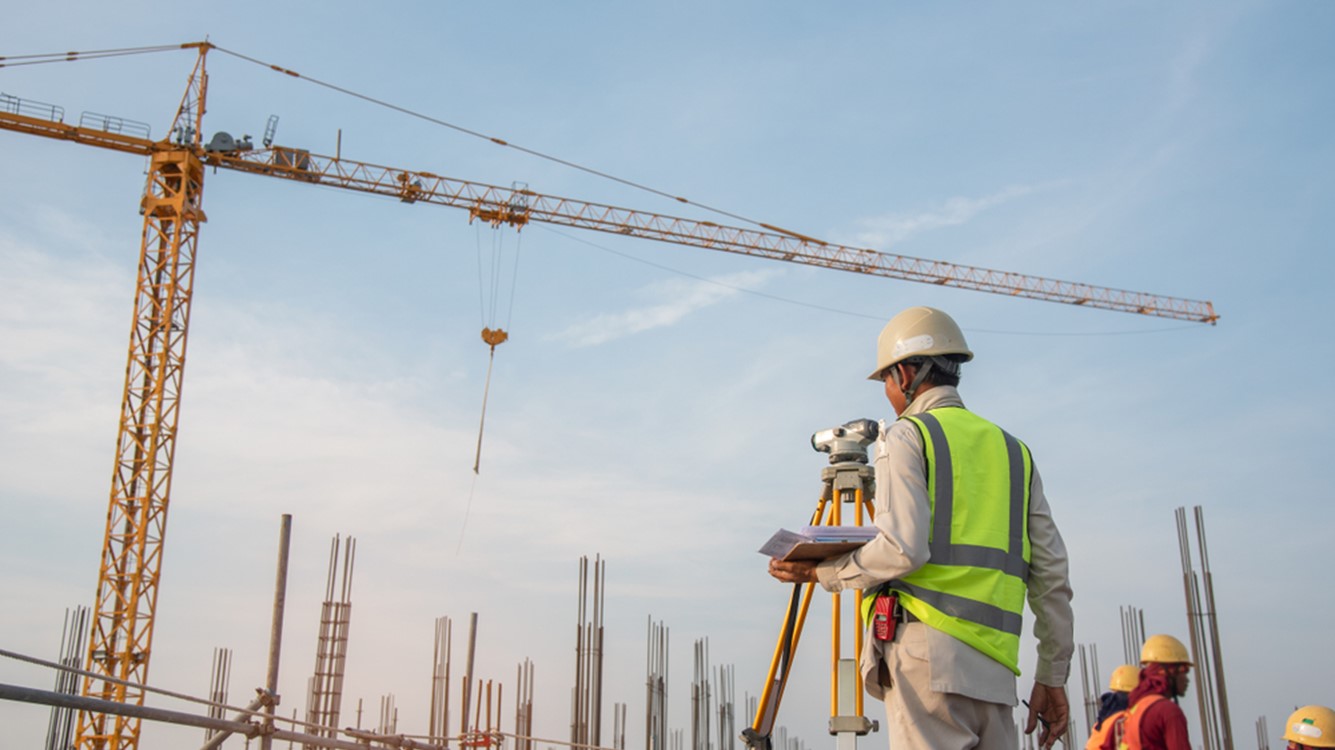February housing starts soared
Builder sentiment has reached positive territory for the first time in eight months.

March 19, 2024
Housing starts, another name for new home construction, soared 10.7% in February after January starts were revised slightly higher. Construction in the South and the Midwest led the gains. Record temperatures in the Midwest and much drier conditions in both the Midwest and South contributed to construction activity during the month. Completed construction surged 19.7% in February as multifamily completions hit the highest on record since 1974 at 644,000 units and single-family completions hit the highest level since 2007 with 1.07 million units. That is good news for the significantly undersupplied housing market, but over half of the completions are occurring in the South. Hurdles to ramp up construction, like land availability, regulations and labor shortages, are keeping a ceiling on how much housing builders can provide in a high-demand environment.
Single-family starts jumped 11.6% to 1.13 million units in February, the highest level since April 2022, when interest rates first started to climb. All regions saw stronger single-family activity. Starts are now 35.2% higher than a year ago, as builders have seen strong responses to incentives such as discounts and mortgage rate buydowns.
Multifamily starts of buildings with five units or more rose 8.6% but remain 35.9% lower than a year ago. Builders significantly ramped up multifamily construction when interest rates were rising and are scheduled to complete over half a million units in 2024. Units currently under construction have come down from multidecade, record highs but remain near a million units. Rents have fallen in many regions that have seen supply coming on line, but demand remains strong enough that rents have picked up in recent months. According to one rental market analysis, there are seven renters competing for every one available rental in the country. A very small share of rentals is newly built, reflecting how difficult it is for builders to fill the gap between supply and demand.
Separately, building permits, which reflect builders’ plans for construction for the months ahead, grew 1.9% in February, with January revised higher. Single-family permits rose 1% and are now 29.5% higher than a year ago. Multifamily permits for five units or more rose 2.4% but are 32.8% lower than a year ago as builders pivot back to single-family construction.
Builder sentiment, as measured by the National Association of Home Builders, rose to positive territory in March for the first time in eight months. This leading indicator shows that builders are acutely aware of how much more housing demand is left in the pipeline and that ramping up construction can help alleviate some of those supply-demand imbalances. Newly built homes are usually sold at a premium to the resale market, but that gap has narrowed significantly during this cycle due to the acute shortages in the resale market.
As we enter the prime spring home buying season, and as rates are expected to fall slightly lower in the second half of the year, activity is expected to pick up even more.
Yelena Maleyev, KPMG Senior Economist
Bottom Line:
Mortgage rate buydowns and strong demographic tailwinds have boosted builders’ sentiment and plans to build more housing this year. Even in a near-7% mortgage rate environment, activity persists. As we enter the prime spring home buying season, and as rates are expected to fall slightly lower in the second half of the year, activity is expected to pick up even more. There are limits to how much builders can ramp up, as higher material costs, labor shortages and constrained land availability keep a ceiling on construction.
Explore more

Housing starts turn sharply lower
Harsh winter weather flattened housing starts.

KPMG Economics
A source for unbiased economic intelligence to help improve strategic decision-making.

January construction spending fell flat
Labor shortages remain a critical concern for all areas of construction.
Subscribe to insights from KPMG Economics
KPMG Economics distributes a wide selection of insight and analysis to help businesses make informed decisions.
Meet our team

